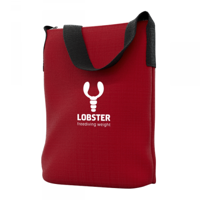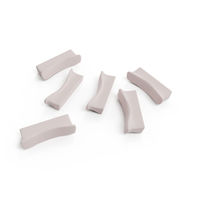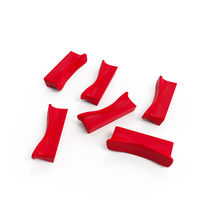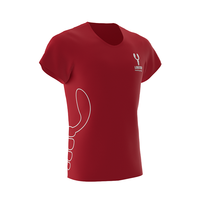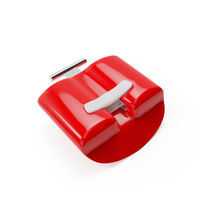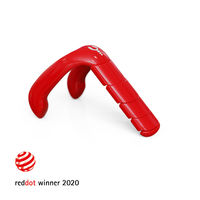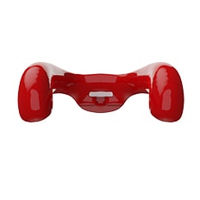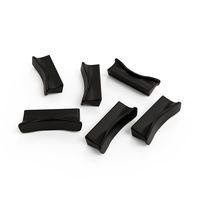Snorkeling
Snorkeling can be defined as floating and swimming on the water’s surface, gazing at the sea life below with a mask and snorkel. Snorkeling is the most accessible water activity for most people, as almost no skill is required; even non-swimmers can don a lifejacket to help keep them afloat and boost their confidence, although being able to swim is always preferable in any water activities. Since almost anyone can snorkel, it is often the most popular activity at an oceanside destination and does not require much depth; just picturesque corals and stunning marine life.

Equipment
Equipment includes a mask, snorkel, and optional lifejacket, fins, and rashguard or wetsuit to offer protection from the sun. Snorkeling fins are usually softer than scuba fins and cover your entire foot, but you can also snorkel with scuba fins that have a heel strap and boots.
Skin Diving
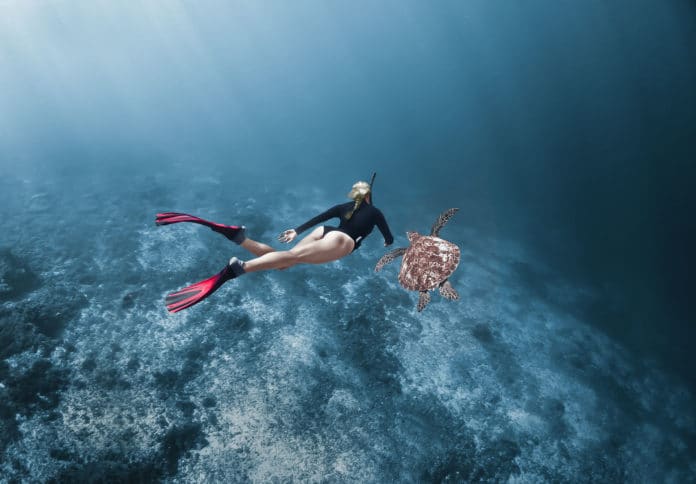
Skin diving is a term that is not used very often anymore; it is similar to snorkeling, but a bit more advanced. Skin divers have basically the same equipment as snorkelers, sans lifejacket, and also float at the surface. The difference is that skin diving involves diving down with the purpose of having a closer look at coral or marine life and staying down to explore. These depths can be anywhere from 5-10m (16-32ft) and bottom time is usually less than 30 seconds (skin diving should always be done with a buddy).
Equipment
Equipment includes mask and snorkel, although skin divers may opt for a low-volume mask, which is easier to equalize when descending, and fins. They may wear a rashguard, or wetsuit and weight belt, although it is not recommended to use a weight belt unless you have had proper training and theory on buoyancy and blackouts.
Freediving
Freediving is completely different from snorkeling and skin diving. Freediving as a competitive sport (with athletes reaching depths of up to 130m/426ft) can be used to challenge yourself and explore your personal limits while staying within your body’s limits. It involves a lot of theory, safety, and training, and is generally performed floating in a pool, swimming horizontally underwater in a pool, or diving vertically along a line at depth in open water, all on one, a single breath. The point of freediving is usually to go deeper or stay longer underwater, improve your technique, conserve oxygen while increasing your tolerance to carbon dioxide, learn to listen to and work with your body, and work on relaxation and mindfulness, all while being done safely in a controlled environment. Generally, freedivers also go fun diving in reefs and with marine life (always with a qualified buddy), and due to their training, they can dive deeper and stay longer than skin divers, usually deeper than 10m (32ft) with bottom times exceeding well over 30 seconds.
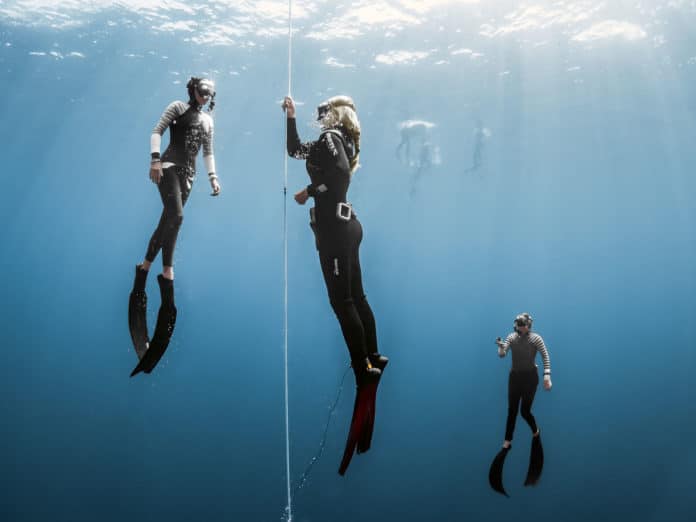
Equipment
Along with the need to have proper training and knowledge of freediving theory, the equipment is also different. Freedivers are armed with low-volume masks, snorkels, long fins, wetsuits, weight belts, and sometimes nose clips and lanyards. While some people may try to learn from YouTube videos, guides online, or even learning with or from other non-qualified freedivers, it is highly recommended to take a course. Freediving is very safe when practiced correctly, but is still considered an extreme sport.
Final Thoughts
Whether you are a snorkeler, skin diver, or freediver, there is one thing that unites us all, and it is our love for the ocean. Make sure to do what you can to help protect our ocean and the environment so that future generations can enjoy later, what we enjoy today.
(c) www.deeperblue.com
